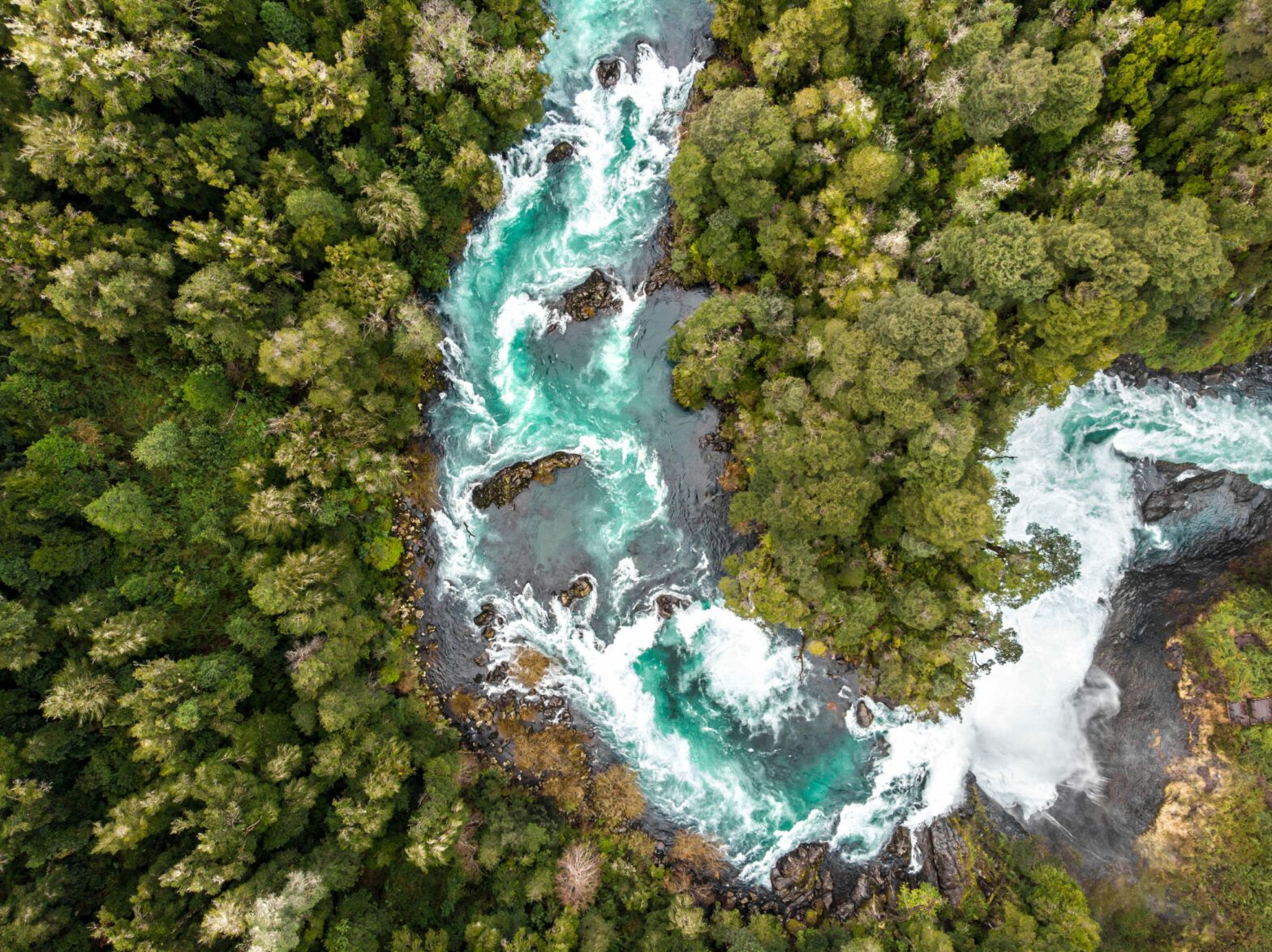“Our economies are dependent on biodiversity and the resilience it brings us,” said Christine Lagarde, president of the European Central Bank, at the opening of the International Union for Conservation of Nature (IUCN) World Conservation Congress.
Running from 3-11 September, the congress in Marseille brought together delegates from across industries and countries to tackle the ongoing loss of biodiversity worldwide.
When it comes to finance and the investment industry, Lagarde added 42% of the amount of shares and bonds held by French financial institutions come from companies dependent on at least one ecosystem service.
Opening the congress, French president Emmanuel Macron said collaboration and financial commitments are key for preserving biodiversity. Around half of the world’s GDP comes from activities dependent on nature, he said, adding, “we are behind biodiversity, we must catch up and resynchronise the two agendas. The climate battle is twin of the battle for biodiversity.”
Products and challenges
During panel sessions at the event, investment industry experts presented product solutions to biodiversity loss, and addressed the challenges of metrics, investable opportunities and lack of knowledge.
IUCN policy adviser Frank Hawkins summarised the barriers to mobilising private finance include limited technical knowledge of project developers for making things investable, difficulty of link between risk and return, and the issues of metrics and risk evaluation tools.
Edit Kiss, investment and development director at Mirova, spoke about the Nature+ Accelerator Fund, which invests in small-scale, high-impact projects that are often left out of traditional funding sources.
Metrics are a key barrier to biodiversity investing, which can be restricted to using hectares or counting species. Mirova uses the STAR metrics – a global, standardised, scalable metrics, relevant across all species and places, that gives projects a score on biodiversity measures.
Martin Berg, head of the natural capital impact strategy at HSBC Pollination Climate Asset Management said there is a market gap for natural investment vehicles for large-scale investors. “What’s missing is large-scale investment opportunities,” he said. “We need to be offering these institutions a way to invest.”
Credit Suisse biodiversity lead Oliver Withers agreed there is not much that is investable at the moment, and said standardisation will be key.
As well as a lack of opportunities, Katrin Heeren, director public sector EU – consulting and services at South Pole, said investors don’t actually know how to invest in this area. The first thing is to stop investing in this that harm nature, she said.
See also: – Natural capital: Mitigating biodiversity loss in portfolios
Next investors need more pragmatic guidance. She suggested developing “some kind of toolbox” and mentioned the Taskforce for Nature-related Financial Disclosures is in development.
Frameworks
In order to address some of these challenges, the United National Development Programme said its Biodiversity Finance Initiative would create a biodiversity taxonomy, and the United Nations Convention on Biological Diversity said its Global Biodiversity Framework would emphasise an “all-hands-on-deck” approach.
Elizabeth Maruma Mrema, executive secretary of the Convention on Biological Diversity, said: “We depend on nature, but are we doing enough to ensure that commitments made to conserving and restoring nature are delivered on the ground? Parties to the United Nations Convention on Biological Diversity will soon agree the post-2020 global biodiversity framework to guide future conservation, and scale up efforts to make our economies more equitable and sustainable. But governments cannot do this in isolation.”








